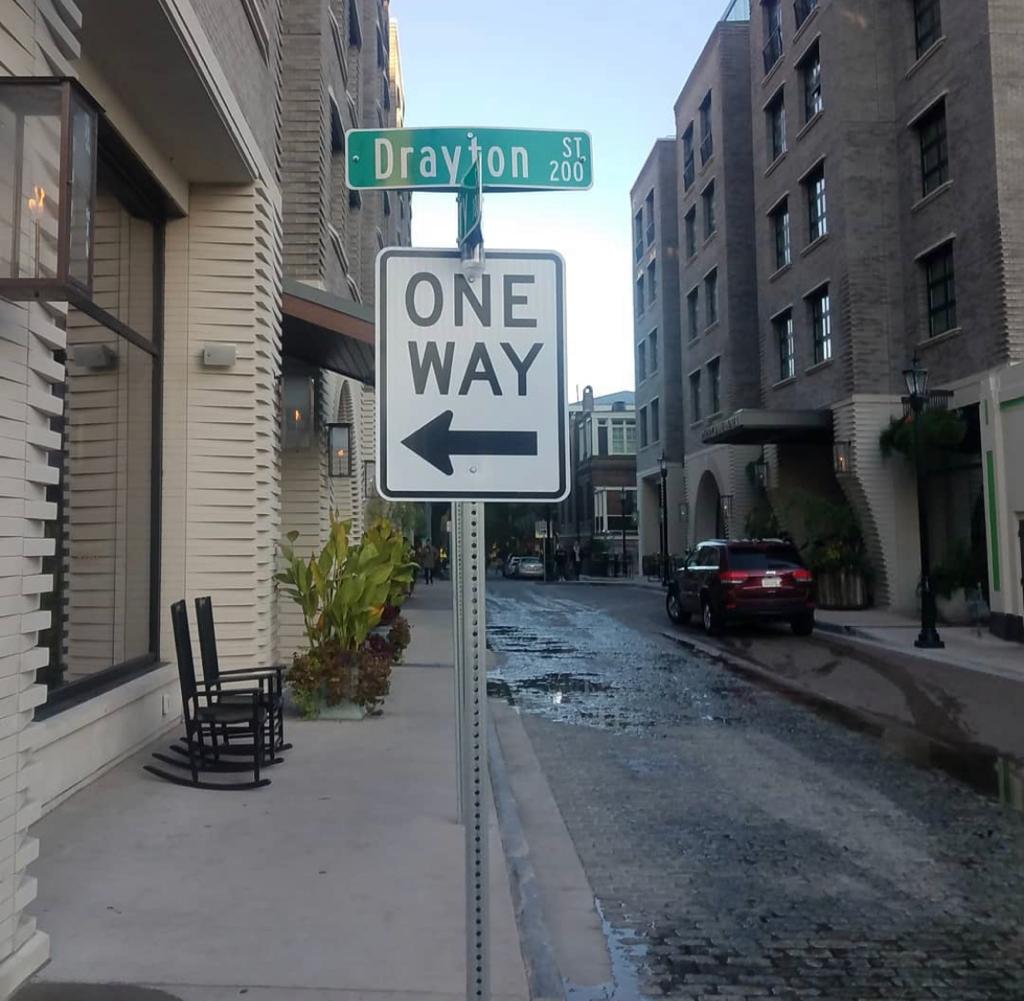Statues Are One Thing, Street Names Are Another

When Savannah was yanked from the natives in 1733, slavery wasn’t legal in the state of Georgia yet. But James Oglethorpe and the rest of the colonists would rent black people from South Carolina plantations.
Ann Drayton, who owned the Magnolia Plantation in Charleston, loaned Oglethorpe three enslaved black sawyers (someone who saws wood). To thank her, he named a street after her.
The same for Johnson, Bryan, and Bull Streets too. All of ’em were South Carolinian plantation owners who loaned Oglethorpe enslaved people to build the city of Savannah up. You know, design those fancy squares, mansions, and beloved cobblestone roads.
Forsyth is another one. John Forsyth supported Andrew Jackson in “removing” Native Americans who refused to give up their land, and he also supported President Jackson in keeping black folk enslaved. Now Forsyth has a city, a county, plenty of streets, and a Savannah park named after him.
This is the case for MANY southern streets. In New Orleans, for instance, Claiborne is named after William C. C. Claiborne. Research his name, along with the 1811 slave revolt. (Heads up: It’ll likely make you mad/sad though.)
Statues and monuments are one thing, but them street names…I mean, we say and see those everyday.

